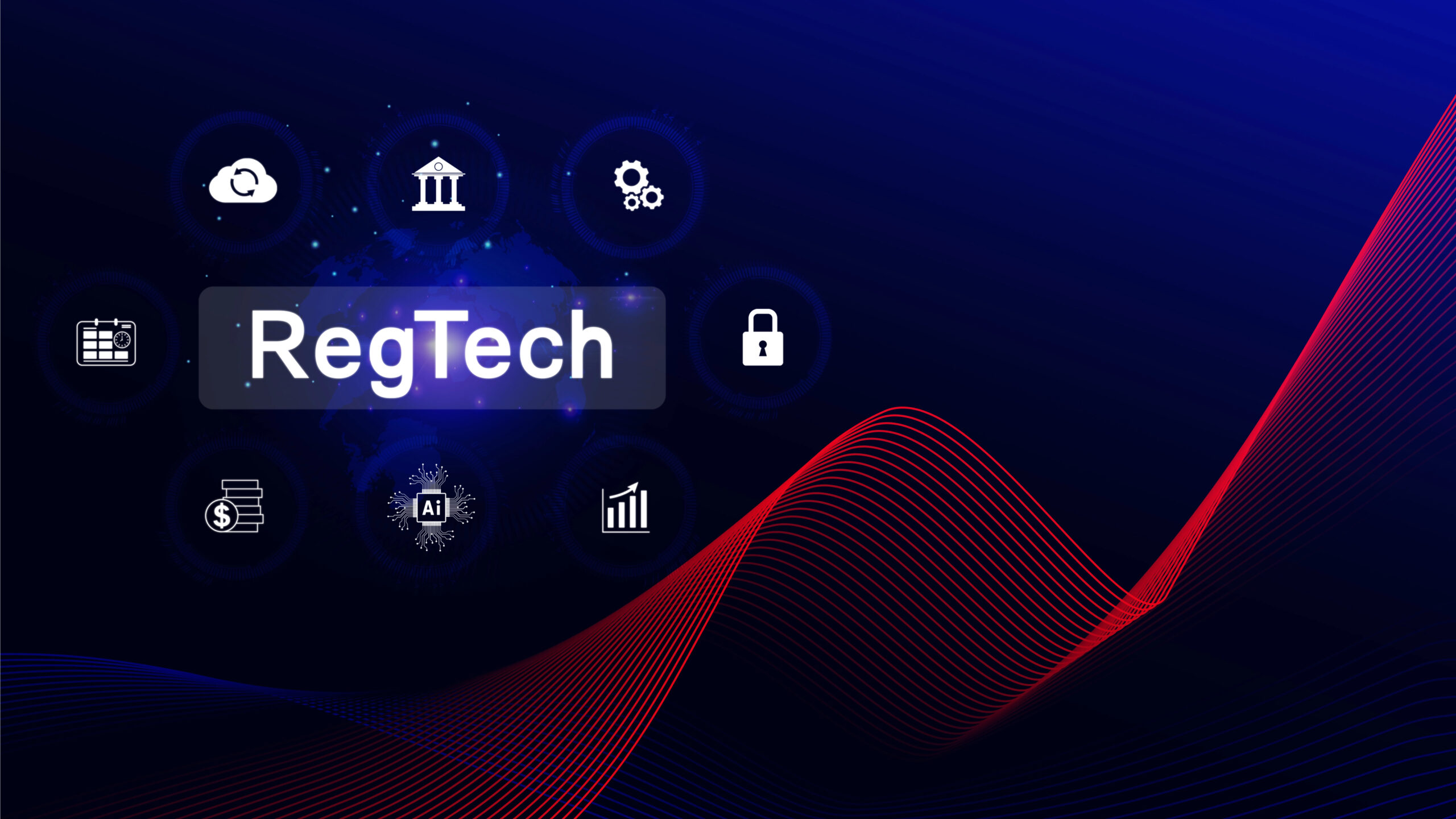Leasing and other financing organisations know that system integration is supposed to streamline operations, improve…

How to Build a Successful Strategy Around Climate Equipment Finance
Global efforts to reduce fossil-fuels emissions are driving massive investment in new technologies. Equipment leasing and finance professionals who want to capitalize on this opportunity will need to evolve with this fledgling industry as it becomes a bigger part of the overall equipment investment market. But as with any emerging industry, this new domain will require a careful strategic approach. A critical step is to identify and manage associated risks, which may range from technology performance to longer tenors to regulatory constraints.
Patricia Voorhees, a director with The Alta Group and chair of the ELFA’s Climate Finance Working Group, and Ian Robertson, co-owner of Invigors EMEA, which is part of The Alta Group, walk through some of the key questions necessary to formulating a strategy around climate equipment finance and developing market-entry opportunities in the first two articles of their three-part series on the topic, which appeared in June and August in Equipment Finance Advisor. (Read the first article here, and the second here.)
This series is meant to be a primer for equipment leasing professionals who wish to participate in this rapidly growing market. The authors outline the scale of the opportunity at hand, noting that, “With billions of dollars currently being invested in R&D and future anticipated annual capital investment estimated to be in the trillions, the potential for our industry is massive.”
They also address potential roadblocks and aspects of the climate equipment market that make clear that a new level of risk assessment is required with this new asset class.
“We are dealing with a new animal here, so to speak,” Voorhees and Robertson write. “While older, established technologies may have a predictable life cycle and maintenance requirements established by the OEM, there are a number of unknowns when it comes to climate-focused equipment. And new tax incentives may be based on per-unit measures.”
Additional points the articles discuss include:
- How to structure renewable-energy equipment financing deals.
- Business models unique to this asset class.
- How countries and governments around the globe are committing to sustainability.
- How firms should approach the question of commercial viability in this emerging marketplace, and dealing with unknowns regarding the life cycle, maintenance requirements and other aspects of new types of equipment.
- How the Inflation Reduction Act will accelerate opportunities for the equipment leasing and finance industry.
- Key questions to ask to adjust asset-management practices to fit this new equipment class.
- Areas that firms may need to examine to determine if they have gaps in competencies (specifically credit underwriting strategy and legal resources) needed to participate in this new market.
Voorhees and Robertson point out that the equipment leasing and finance industry has many tools at its disposal that are a great fit for the needs of companies considering a major investment in climate equipment.
“Our industry is in a prime position to create value through the delivery of financing solutions with positive environmental impacts. Now is the time to assess current capabilities and formulate a strategic plan to both capitalize on this nascent industry in its current form, and to evolve with it as innovation and growing market demand cause it to become an even larger piece of the overall equipment investment market,” they write.
The authors’ final installment of the series, which will appear in the coming weeks, will examine ways in which the equipment leasing and finance industry is well-positioned to lead equipment users toward more sustainable practices through the use of circular economies and “as-a-service” models.



